Golden Temple - the most sacred place of pilgrimage for Sikhs
Where is located Golden Temple?
Address of Golden Temple is Amritsar, India
show on map
When was built Golden Temple?
Built date of Golden Temple is December 1581 - laying of the cornerstone
1589 - completion date
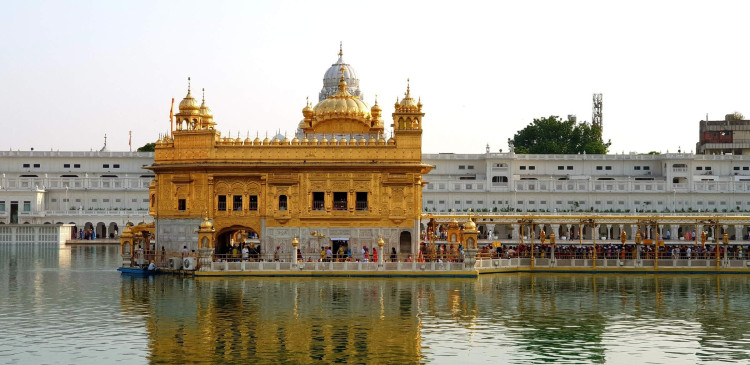
Facts, informations and history of Golden Temple
The Golden Temple is located in the city of Amritsar in the state of Punjab in India. It is also called Sri Harmandir Sahib, which literally means "Temple of God".
The Golden Temple is the most admired gurudwara in the country. Sri Harmandir Sahib is the epitome of glory, harmony and equality and is the holiest place of pilgrimage for Sikhs.
In ancient times this place was a small lake, in the middle of a quiet forest, here sages, wanderers, and the Buddha meditated in seclusion. Two thousand years later another scholar settled here, he was Guru Nanak, the founder of the Sikh religion.
Building was started by Guru Arjan, the fifth Sikh Guru. He also designed the entire architecture of the Temple. The construction started in the year 1581 and took almost 8 years.
The Gurudwara was initially built without any gilding. It was a fairly simple structure, devoid of extravagant ornamental features. The dome on top was built in a manner that ensured perfect harmony between Hindu and Islamic architectural styles. It was only the transformation of 1830 under the guidance of Maharaja Ranjit Singh that added gilded elements.
There are four entrances to the temple, this is to propagate the message that the holy gurudwara is open to all faiths, regardless of caste or religion. As many as 65 percent of visitors to the Golden Temple are non-Sikhs.
The pool surrounding the temple is known as the Amrit Sarovar and is also considered sacred by Sikh devotees. Before prayers, devotees bathe in the waters of the pool, believing that immersion in the water can cure ailments and disorders.
The exquisite Golden Temple is a combination of Hindu and Islamic architecture.
The main building is a 3-storey square building with an additional 2-storey half hexagonal building attached at the back, making the first floor plan hexagonal. The main shrine of Hari Mandir is a square building with a side length of 12.25 meters erected on a square platform with a side length of 19.7 meters.
The temple is built on a platform that can be accessed by a causeway about 60 meters long. The Darshani Deorhi Arch stands at the beginning of the causeway and measures 6.2 metres high and is 6 metres wide.
The name Golden Temple comes from the outer layer of gold foil covering the entire temple. It is decorated with marble sculptures and paintings that look similar to those in the Taj Mahal.
The lower level is made of marble and decorated with floral and animal motifs.
The dome at the top is made of pure gold weighing 750 kilograms, and the gurudwara is also draped with intricate gold panels. The ceiling of the structure is decorated with precious stones and gold. The dome is surrounded by 36 tiny turrets.
The main floor of the temple, reached by a staircase downwards, is immersed in a pool. This is contrary to Hindu temples, which have always been exalted and built as if on a pedestal. Here the immersion emphasizes the modesty of the temple and life.
In the main hall is the Guru Granth Sahib, the sacred scripture of the Sikh religion. It is placed on an elevated platform under a canopy of precious jewels.
The temple's interior is a very beautiful place.
The interior of the Temple conceals many ornaments and commemorative plaques commemorating past Sikh historical events, including memorial inscriptions of all Sikh soldiers who died during World Wars I and II.
The temple has been destroyed many times by Muslims, however, each time it has been rebuilt by Sikhs as even more beautiful than before.
The present gurdwara was rebuilt in 1764 by Jassa Singh Ahluwalia.
Sri Harmandir Sahib was renovated in the 20th century. This renovation consumed 500 kilograms of pure 24-carat gold, valued at $1.3 billion as of today. The renovation took 4 years (1995-1999) and was done by skilled artists from all over India.
This is where the world's largest free kitchen is located. Volunteers prepare food for about 40,000 people a day for free, and up to 100,000 people a day on holidays and weekends. The meals are simple but tasty, all of which are donations from admirers.
According to statistics, 3 million people visited the Taj Mahal in all of 2013, the same year the Golden Temple had 3 million visitors in just one month.
"of all places that I have seen, none compare with you" - guru arjan dev ji
Architect of Golden Temple
Construction/building type
Building Golden Temple is of type Temple
Architectural style
Architectural style of Golden Temple is Hindu, Islamic
Other dimensions, parameters and frequently asked questions
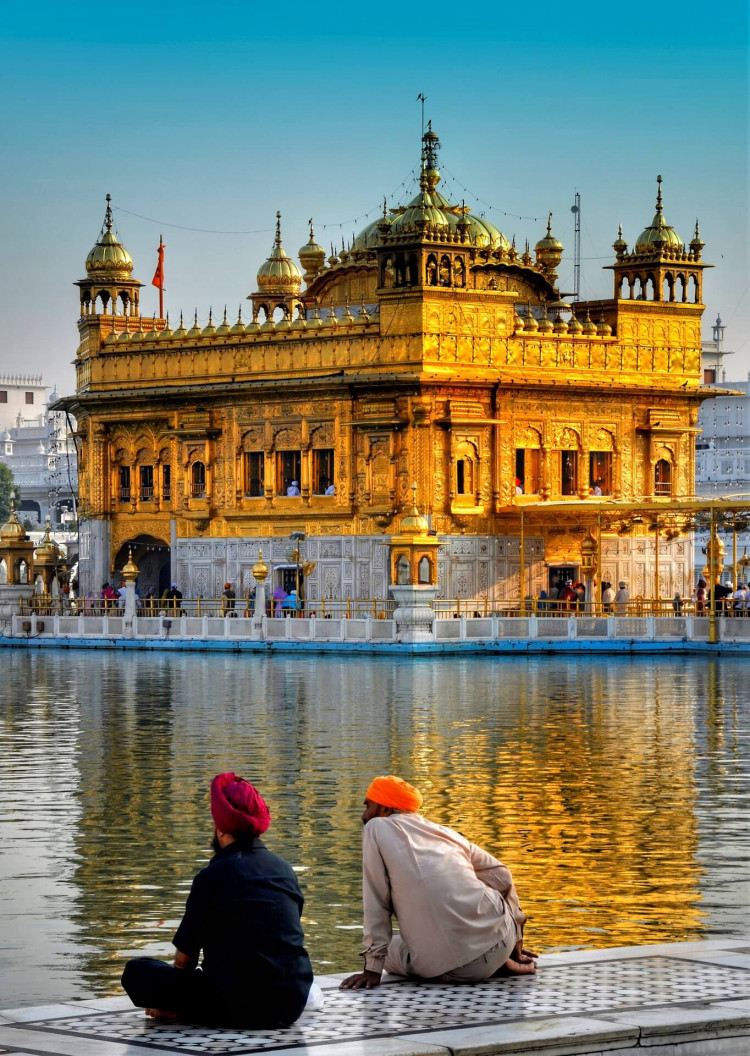
What area have Golden Temple?
Golden Temple have area of 4177 square feet - platform area
22,943.25 square feet - pool area
What material is the building made of?
Golden Temple is made of the following materials: Marble, copper, gold
Practical informations
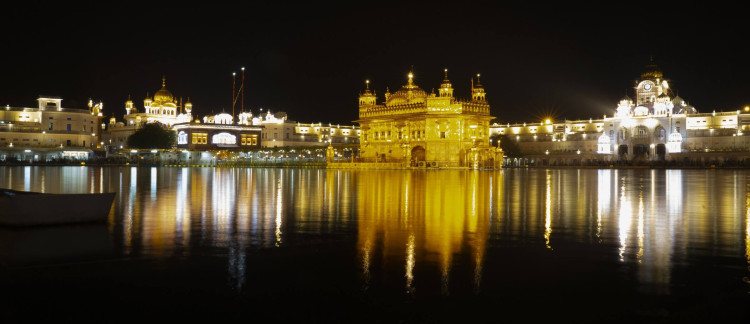
What is the cost of entry for Golden Temple?
Tickets for Golden Temple are available at the following prices and variants:
- Free entry.
At what times is open Golden Temple?
Golden Temple is open or accessible to the public on the following dates and times:
- Every day from 4:00 am to 11:00 pm.
Other names
The building is also known by other common names or in the original language, i.e. Harmandir Sahib, Darbār Sahib
Photo gallery Add photo
Location on map / How to get there


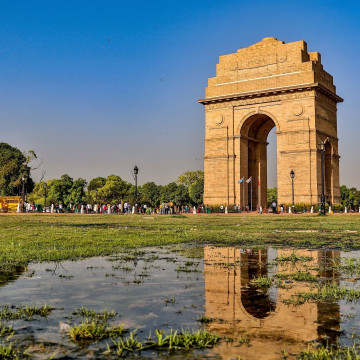



























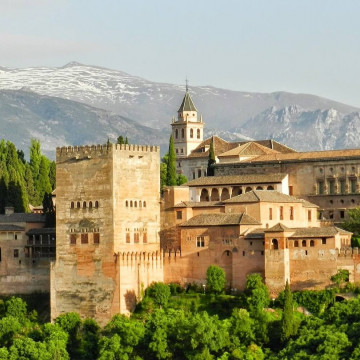

Comments to Golden Temple (2) Average rating: 5 Add comment / Rate building
Based on 2 comments